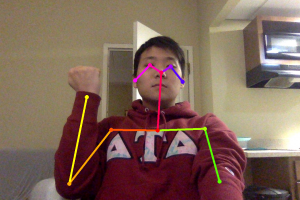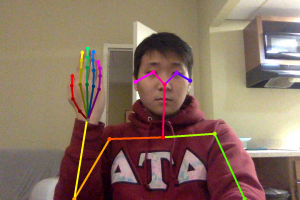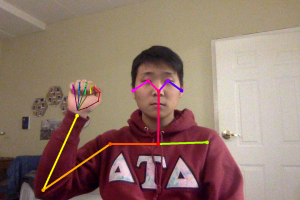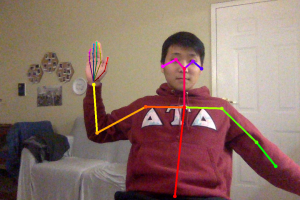This week, I was working on making the framework for the machine learning aspect of OpenPose. I collected about 100 images of data, and I was trying to write the feature extraction.
One way I am doing feature extraction is getting all the 21 joint locations of the hands provided by OpenPose. However, I needed a way to normalize the images of hands, as I wanted the hands to be of the same relative size, regardless of the photo I took. This meant that I needed to calculate angles of joints and take the length and change it to some relative length, while preserving the angle. I am currently in the process of writing the feature extraction. After that, I will continue to work on the machine learning portion of the project. I plan to use a neural network, and I am going to train my model by the raw model itself, and also train it using a pre-trained model. Marios told me that a pre-trained model would adjust more finely to the changes, which would help preserve the accuracy of gestures.



